Municipal governments and transit agencies can empower people — residents, tourists, or business visitors — to discover, confidently navigate, and travel around their cities using different modes of transit. With the help of Mobility-as-a-Service (MaaS) apps, reaching these goals is easy, as they highlight available transit options and provide accurate journey planning. This has made MaaS apps a critical part of building trust in transit networks and drumming up the public support (and funding!) required to keep people moving around efficiently.
- 🗺️ Want to back up and learn more about how Citymapper helps riders? Click here
- 🚌 Want to dig deeper on integrated mobility? Click here
Citymapper has long been a rider-favorite MaaS app. But beyond its ability to support riders’ varying travel needs, it provides cities and transit agencies with invaluable tools as they work to strengthen their own communities and transit networks. Its presence in a city strengthens transit in three core ways: Citymapper has proven experience helping new riders discover and plan multimodal journeys, it provides a channel for 2-way communication with riders at scale, and it allows cities to analyze multimodal ridership data in order to make better city and service decisions.
Establish and grow a local user base.
A MaaS app can only introduce riders to new transit modes if it has the power to both attract users to download the app and encourage regular usage. Citymapper has done this successfully around the globe. For example in Paris, after seeing enormous growth in 2014 right after launch, Citymapper continued to grow its user base at an average of 55% per year for the next 5 years — to this day, riders in Paris plan an average of 3+ journeys a day using Citymapper. Why? For starters, riders get accurate, personalized journeys every time they open the app. Beyond that, Citymapper includes features (like topical, time-sensitive notifications) that encourage riders to continually return to the app. For example, during a recent bout of hot temperatures throughout the UK, Citymapper nudged riders to consider “Heatsafe” routes that helped them avoid long walks and find air conditioned transit. Localized guidance like this keeps Citymapper top of mind for riders.
The extra steps Citymapper takes to keep the app relevant, informative, and user-friendly have helped grow a loyal user-base that is more likely to plan their journeys using public transit, whether its fixed route or micromobility, like bikes or scooters.
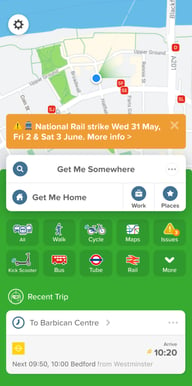
Build rider trust.
Citymapper also provides new ways to build rider relationships at scale. Whether cities want to keep riders informed about service disruptions or give a real-time, geo-located warning about increased demand during rush hour, built-in tools allow cities to communicate directly with their riders. And because building trust isn’t a one-way street, it also allows cities to host surveys and collect rider feedback. More transparency and information build rider confidence and usage of available transit — in fact, riders say that knowing when their bus is meant to arrive and having it reliably arrive on time are the top two most important factors affecting their decision to ride transit.
Harness data for better city and service planning.
Demand and travel data that incorporate insights from all modes available is critical for long term city planning and transit service optimization. For example, being able to predict the number of riders who will use a given transit stop can help plan for infrastructure and personnel needs to ensure public safety, cleanliness, and a positive rider experience. It might also suggest opportunities to consolidate or add additional stops to better accommodate riders. As travel options diversify, it becomes increasingly difficult for cities and agencies to gather and synthesize insights from disparate data sources. That’s where Citymapper comes in. Citymapper gathers and analyzes aggregated, anonymous rider travel choices to provide data insights to cities on where and how riders are getting around.
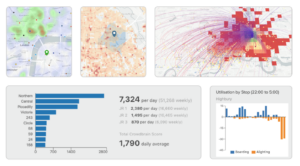 Cities can use this information — for example, demand patterns, service quality, bus speeds, route-by-route occupancy levels - to make smarter decisions about their transportation and street design in the future. Agencies too, can use this data to understand how to optimize and grow their services.
Cities can use this information — for example, demand patterns, service quality, bus speeds, route-by-route occupancy levels - to make smarter decisions about their transportation and street design in the future. Agencies too, can use this data to understand how to optimize and grow their services.
Want to learn more about how to drive transit ridership and optimize service in your city? Find time to talk with our team.
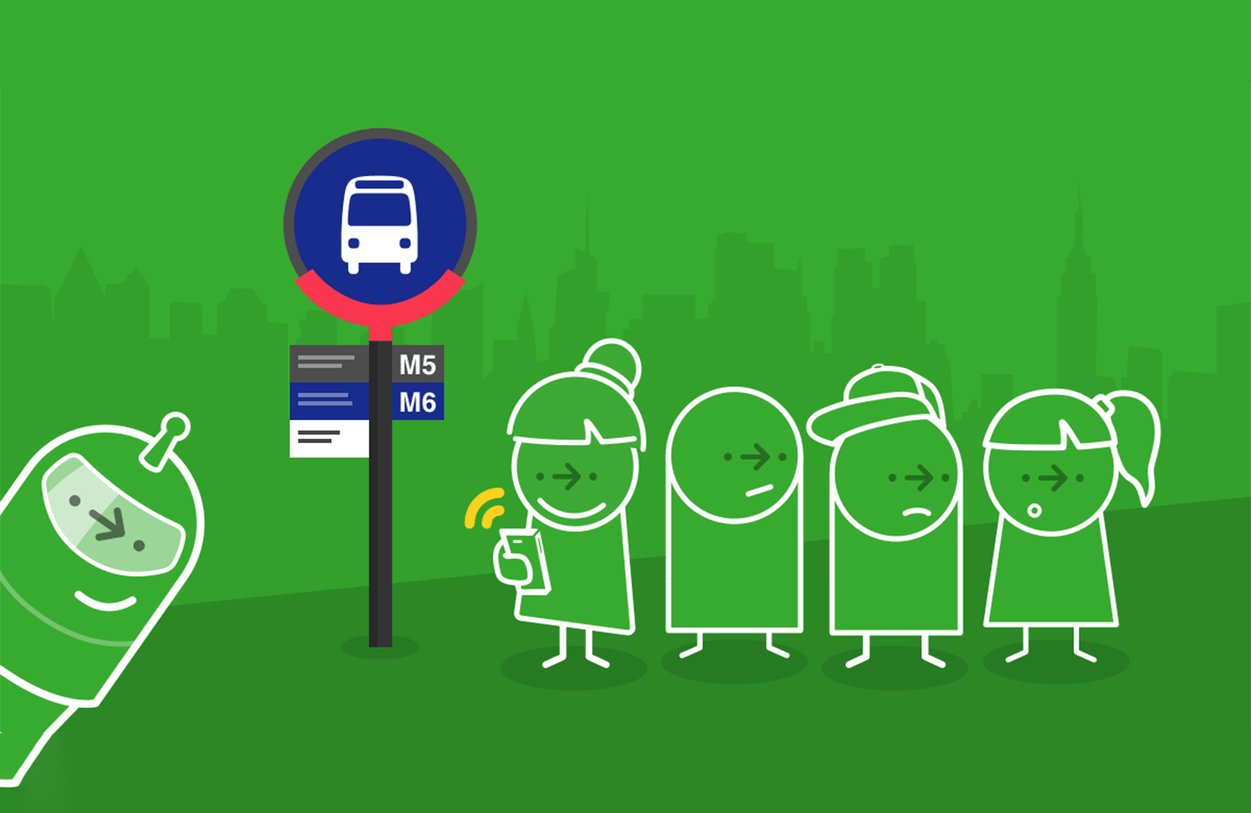
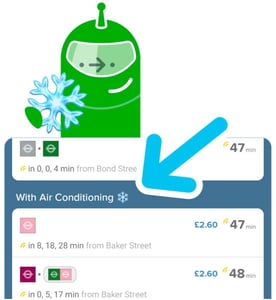
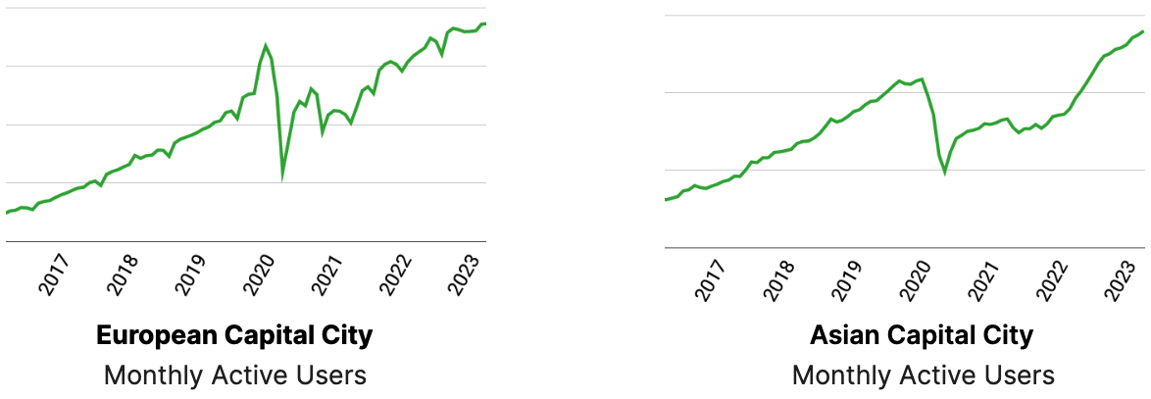



%206.png?width=71&height=47&name=The%20Buzz%20Blog%20Hero%20(1750%20x%201200%20px)%206.png)